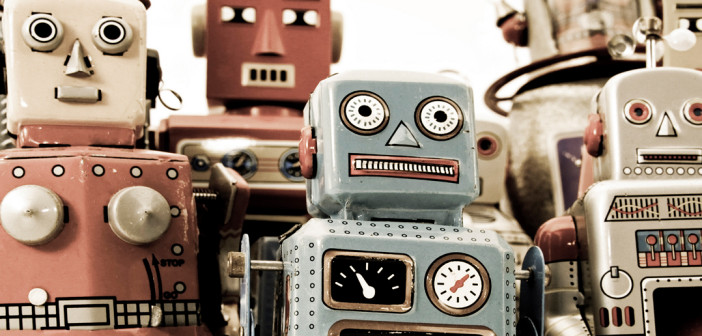Expanding use cases through AI and accessories gets punters interested
The recent surge in demand for intelligent home devices has positioned consumer-grade robots as physical task-doers that perform single tasks. This perception however understates their potential as adaptive and personable machines, according to new research.
A recent report from the User Experience Strategies (UXS) service at Strategy Analytics investigating the needs, behaviours and expectations of consumers regarding robotics, has found that future robots will deliver far greater value to their users through capabilities to perform unpredictable physical tasks, their ability to learn and their potential to execute tasks beyond the home.
According to the report, robots save time and provide value to consumers by working autonomously to complete mundane tasks (such as vacuuming or mowing the lawn). While currently restricted to in-home use cases, robots are ideally suited to perform tasks outside because they can move and interact with the world independently.
Also, modular components would allow a robot to modify with a user’s changing requirements, allowing it to do more tasks over its lifetime, said the report.
Mathew Alton, analyst and report author, commented: “Robots are in-home machines due to their expense and inability to traverse exterior environments reliably or safely. However, their potential is far greater than their current in-home restriction to complete simple tasks.” Continued Alton: “An ecosystem of accessories that users can equip their robots with provides extensibility; it allows a base robot to be ‘evolved’ over time in line with the user’s changing demands. Ultimately this makes the robot more of a long term investment and can help justify a relatively higher price.”
Added Chris Schreiner, director of syndicated research, UXIP: “Robots that serve multiple purposes are a far more attractive proposition to consumers. But the transition to exterior use cases will require a strong cellular network to facilitate a robot’s ability to traverse the environment safety. The outside world is unpredictable and will require robots to adapt quickly to changing variables. This will only be achieved through developments in artificial intelligence.”





